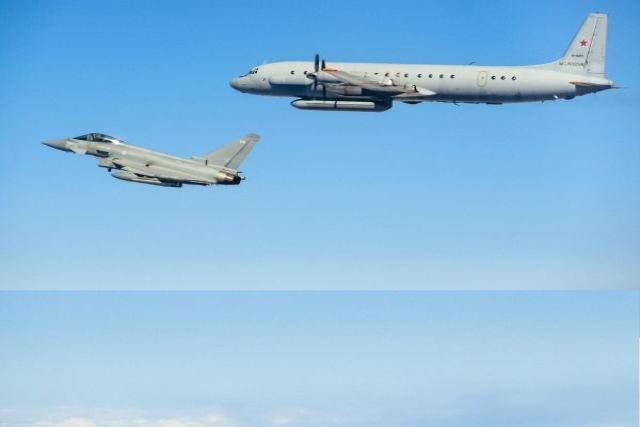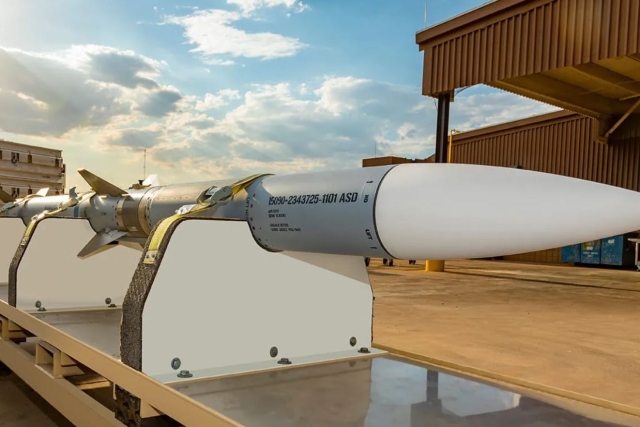Lockheed Martin Continues Next-Gen GPS Satellite Development, Testing
Lockheed Martin has announced that it has completed thermal vacuum testing for the navigation payload element of the GPS III non-flight satellite testbed as part of the U.S. Air Force's next generation Global Positioning System III satellites. According to the firm, the milestone is one of several environmental tests verifying the navigation payload's quality of workmanship and increased performance compared to the current generation of satellites.
The GPS III programme is meant to affordably replace aging GPS satellites, while improving capability to meet the evolving demands of military, commercial and civilian users. GPS III satellites will deliver better accuracy and improved anti-jamming power while enhancing the spacecraft's design life and adding a new civil signal designed to be interoperable with international global navigation satellite systems. During thermal vacuum testing, the navigation payload's performance was proven in a vacuum environment at the extreme hot and cold temperatures it will experience on orbit to ensure it will operate as planned once in space. Following the test, the NPE will now be integrated with the GNST for final satellite level testing. The GNST is a full-sized prototype of a GPS III satellite used to identify and solve development issues prior to integration and test of the first space vehicle. The approach significantly reduces risk, improves production predictability, increases mission assurance and lowers overall program costs. Following integration and test at Lockheed Martin's GPS Processing Facility near Denver, the GNST will be shipped to Cape Canaveral Air Force Station, Fla., for risk reduction activities at the launch site. Lockheed Martin said it is on contract to deliver the first four GPS III satellites for launch. The Air Force plans to purchase up to 32 GPS III satellites.










